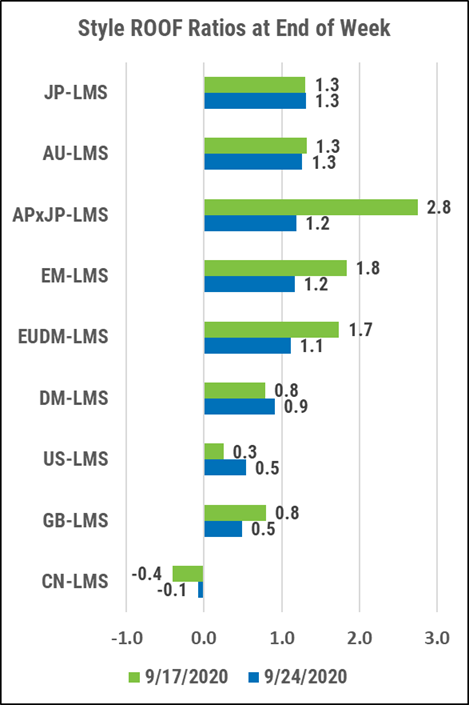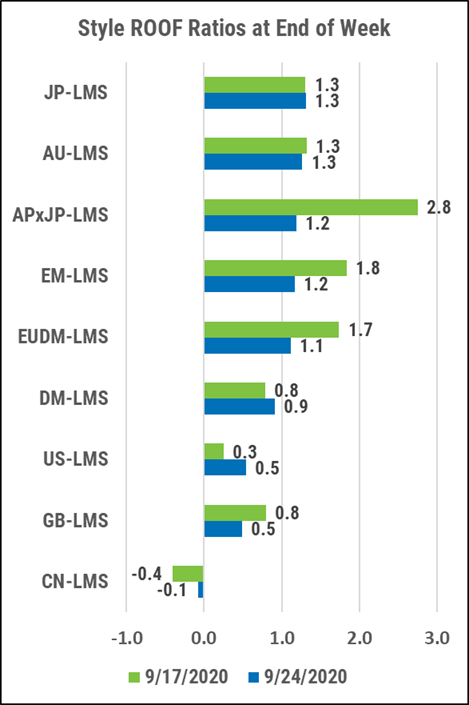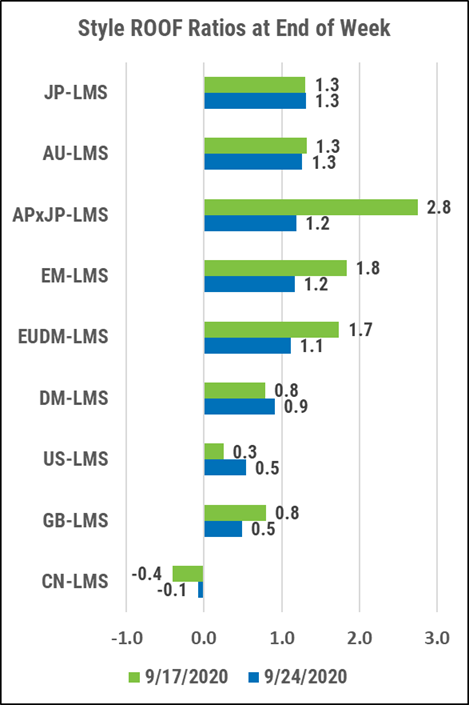
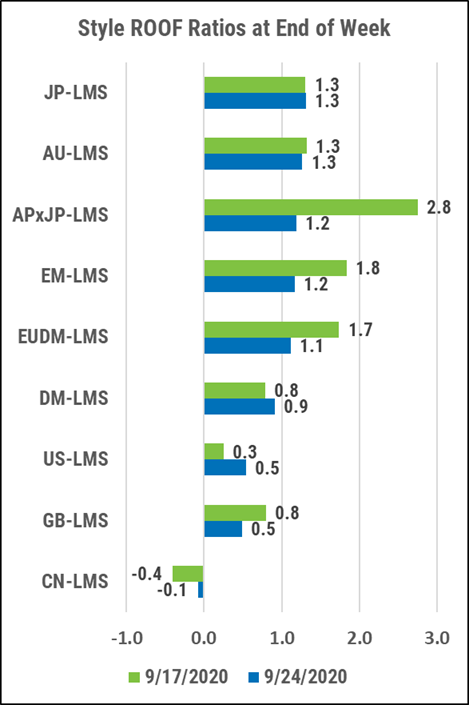
Axioma Factor Risk Models
For comprehensive risk analysis with multiple views of risk
Multi-asset class and multi-purpose
From portfolio construction to risk and performance distribution to decision support, Axioma factor risk models can be used in a variety of ways. And, by offering off-the-shelf risk models alongside the ability to build your own, portfolio managers and risk managers benefit from true flexibility.
Clarity generated by deep research
Parsimonious, clear factor definitions embedded in academic research and focused on transparency and replicability are all hallmarks across the Axioma equity, fixed income and multi-asset class factor risk models.
Robust models across equities, fixed income and commodities
Equity Factor Risk Models
A suite of country, region and global factor models which are available as statistical, fundamental and macroeconomic variants for trading, short and medium time horizons.
Fixed Income Risk Models
Available as either granular models spanning rates, credit, structured debt and derivatives or credit spread factor models, which are derived from the proprietary and rigorously tested Axioma Credit Spread Curves.
Multi-Asset Factor Risk Model
A consistent model across equities, fixed income and commodities with full asset look-through.
Private Asset Factor Risk Model
The partnership with CEPRES allows for meaningful risk analysis and factor decomposition across both public and private assets.
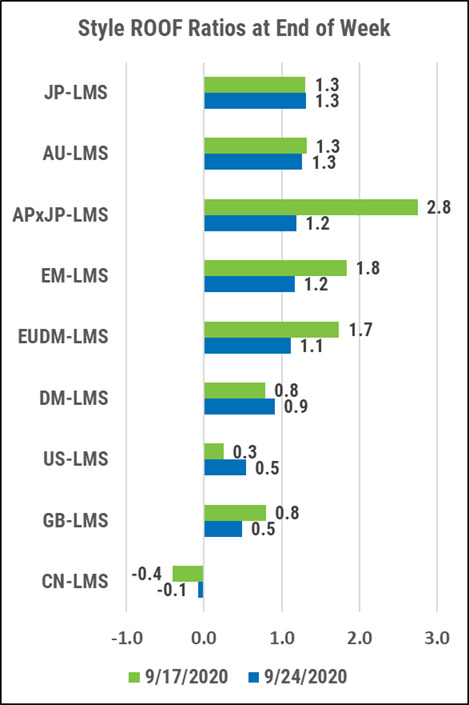
Factsheet: Axioma Equity Factor Risk Models
Learn how the Axioma Equity Factor Risk Model Suite delivers unparalleled insights for portfolio construction, performance attribution and risk management.
Get FactsheetRelated content
